#tokaido shinkansen
Explore tagged Tumblr posts
Text
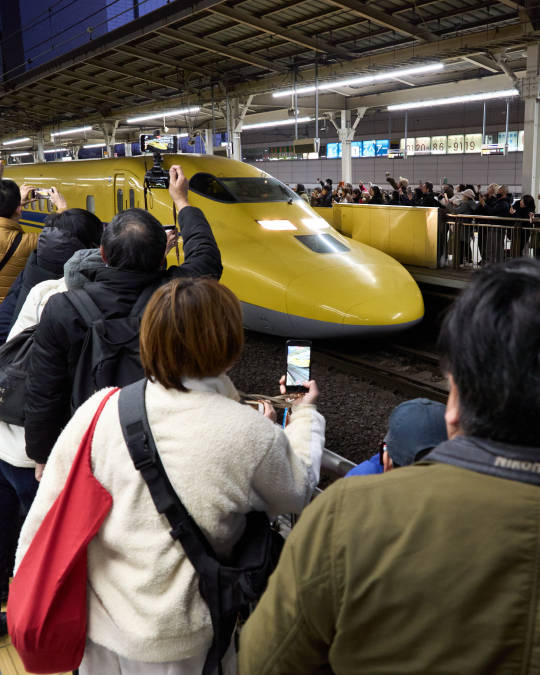
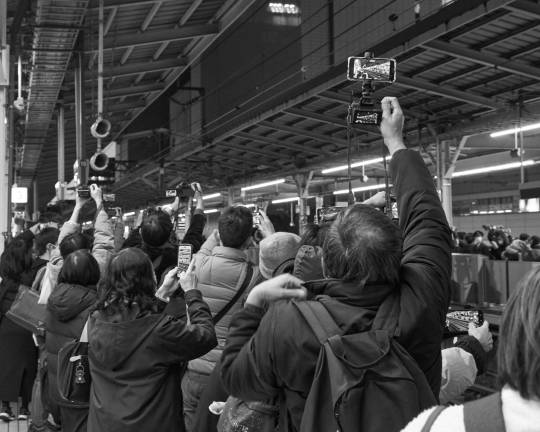
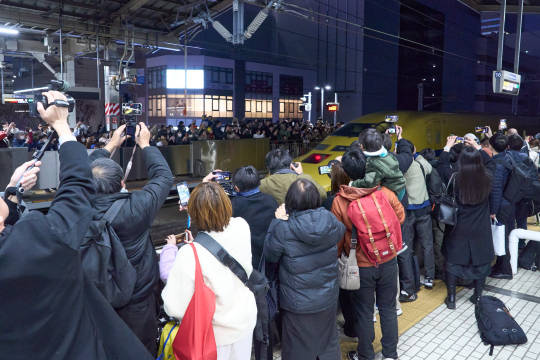
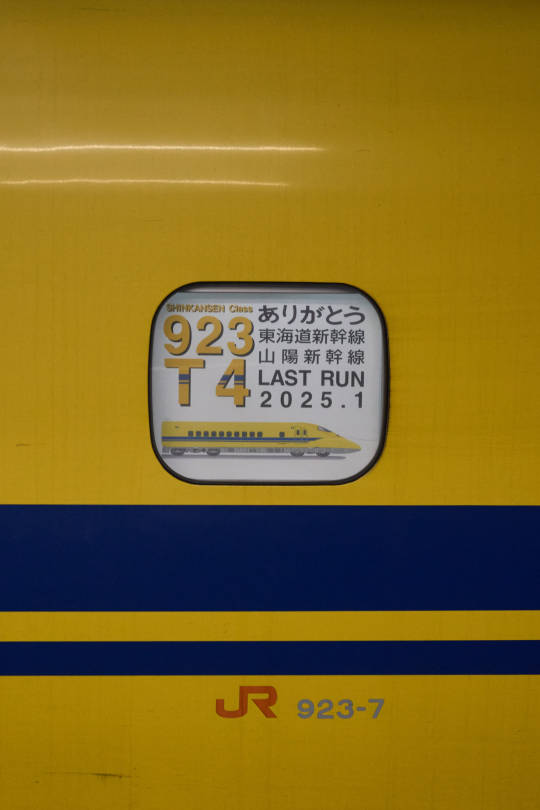
No.471 Yokohama 4 views
The moment of parting with the yellow Shinkansen T4 train
An inspection Shikansen “Doctor Yellow” in Yokohama city
The Shinkansen "Doctor Yellow" has two trains. Of these, Doctor Yellow T4 train is scheduled to be retired after its final job in January 2025. Although the train only stopped for a short time, many people were taiking photos.
Archive;series 8 views No.460~
No.471 横浜四景
別れは一瞬 - 東海道新幹線 ドクターイエロー
アーカイブ:八景シリーズ No.460~
#japan#tokyo#tokio#yokohama#shinyokohama#shinkansen#doctor yellow#train#tokaido shinkansen#series 8 views#横浜#港北区#新横浜#JR東海#東海道新幹線#ドクターイエロー#923形#鉄道#八景シリーズ
250 notes
·
View notes
Text

東海道新幹線 N700S 富士山 豊田・打間木地区(平塚市)
X-H1 XF70-300mmF4-5.6R LM OIS WR C-PLフィルター使用
2023年1月下旬撮影
※近隣のファミレスでランチ:ガストのカットステーキ(6枚) ネギ&オニオンソース※
#新幹線#新幹線のある風景#n700s#青空#富士山#鉄道写真#鉄道風景写真#c-pl#fujifilm#x h1#xf70-300mm#railway#railway photography#landscape#train#shinkansen#tokaido shinkansen#mt. fuji#fujisan#landscape photography#鉄道#鉄道のある風景#じゃない鉄道写真#風景写真#trains
184 notes
·
View notes
Text
60 Years of the Tokaido Shinkansen!
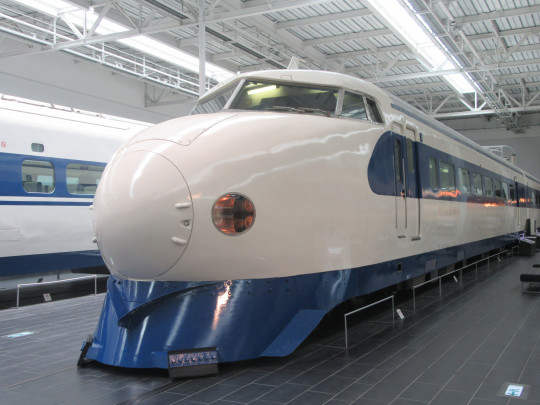
On 1 October 1964, a railway line like no other opened. Connecting Tôkyô and Ôsaka, paralleling an existing main line, the Tôkaidô New Trunk Line had minimal curves, lots of bridges, zero level crossings. Striking white and blue electric multiple units, with noses shaped like bullets some would say, started zooming between the two cities as at the unheard-of speed of 210 km/h.
This was the start of the Shinkansen, inaugurating the age of high-speed rail.
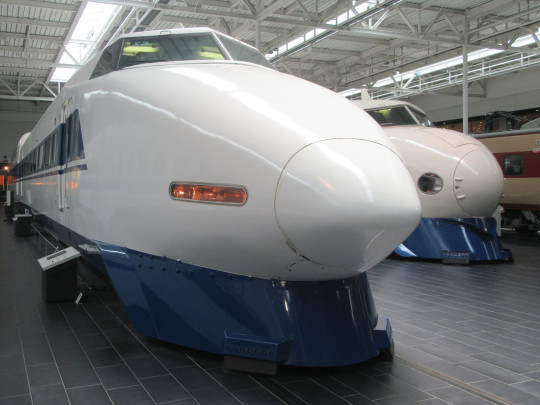
The trains, with noses actually inspired by the aircraft of the time, originally didn't have a name, they were just "Shinkansen trains", as they couldn't mingle with other types anyway due to the difference in gauge between the Shinkansen (standard gauge, 1435 mm between rails) and the rest of the network (3'6" gauge, or 1067 mm between rails). The class would officially become the "0 Series" when new trains appeared in the 1980s, first the very similar 200 Series for the second new line, the Tôhoku Shinkansen, then the jet-age 100 Series. Yes, the 200 came first, as it was decided that trains heading North-East from Tôkyô would be given even first numbers, and trains heading West would have odd first numbers (0 is even, but never mind).
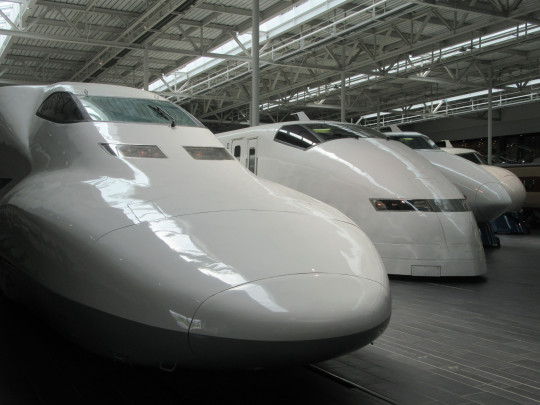
Hence the next new type to appear on the Tôkaidô Shinkansen was the 300 Series (second from left), designed by the privatised JR Tôkai to overcome some shortcomings of the line. Indeed, the curves on the Tôkaidô were still too pronounced to allow speeds to be increased, while all other new lines had been built ready for 300 km/h operations. But a revolution in train design allowed speeds to be raised from 220 km/h in the 80s to 285 km/h today, with lightweight construction (on the 300), active suspension (introduced on the 700 Series, left) and slight tilting (standard on the current N700 types).

Examples of five generations of train used on the Tôkaidô Shinkansen are preserved at JR Tôkai's museum, the SCMaglev & Railway Park, in Nagoya, with the N700 prototype lead car outdoors. It's striking to see how far high-speed train technology has come in Japan in 60 years. The network itself covers the country almost end-to-end, with a nearly continuous line from Kyûshû to Hokkaidô along the Pacific coast (no through trains at Tôkyô), and four branch lines inland and to the North coast, one of which recently got extended.
東海道新幹線、お誕生日おめでおう!
#Japan#Shinkansen#Tokaido Shinkansen#0 Series#60th Anniversary#100 Series#300 Series#700 Series#JR Tokai#I'm posting this just after midnight Japanese time#oh well#late to the party#新幹線#東海道新幹線#0系#JR東海#Nagoya#SCMaglev & Railway Park#train#2023-07
98 notes
·
View notes
Text


JR Tokaido Shinkansen Commercial feat. Yoshitaka Yuriko
#japan railway#tokaido shinkansen#shinkansen#japan#japanese commercial#yoshitaka yuriko#yuriko yoshitaka#japanese actress
11 notes
·
View notes
Text
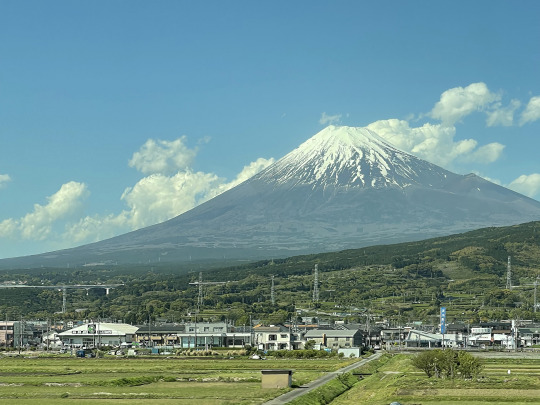
Taking photos from a very fast-moving train. It is no easy task for me. Especially my seat was an aisle seat of Nozomi. What would I do without my iPhone?
25 notes
·
View notes
Video
Tokaido ShInkansen by hirorin 2013
1 note
·
View note
Text
Trem-bala Tokaido enfrenta possíveis atrasos nesta terça-feira (23)
Nagoya, Prefeitura de Aichi, Japão, 23 de julho de 2024 – Agência de Notícias Kyodo – Passageiros do trem-bala Tokaido Shinkansen foram alertados sobre possíveis atrasos ou cancelamentos na terça-feira (23), um dia após a colisão entre veículos de manutenção ferroviária que causou graves interrupções nos serviços. A operadora Central Japan Railway Company informou que um veículo de manutenção…
0 notes
Text

0 notes
Text
#Japan's Shinkansen Bullet Trains#Full Automation#Driverless Travel#Automated shinkansen bullet trains#Central Japan Railway Co.#East Japan Railway Co.#Tokaido Shinkansen#Joetsu Shinkansen#Testing#Automatic train operating system (ATO)#Hamamatsu Station#Shizuoka Prefecture#Deviation#Arrival time error#JR Central officials#Challenges#Standardized departure#Transit and arrival times#Passenger comfort#Energy efficiency#Speed fluctuations#Grade 2 automation#Grade 4 automation#Tokyo Metro subway system#Yurikamome line#Toyosu#Odaiba#Command center#Emergencies#Grade 3 automation
0 notes
Text
ギリギリこのイギリスの有名なSLのシチュエーションを避けました!
youtube
2024.10.12 神奈川 小田原 ドクターイエロー、のぞみ通過
#Japan#Shinkansen#Tokaido Shinkansen#Odawara#Doctor Yellow#N700S#that was nearly unlucky!#a Flying Scotsman situation#aquayurufuwatraveler#Youtube
19 notes
·
View notes
Text




No.470 Tokyo 4 views
The yellow shinkansen bring happiness
An inspection Shikansen "Doctor Yellow" in Tokyo more
The yellow Shinkansen is an inspection Shinkansen that is nicknamed "Doctor Yellow." It's a rare Shinkansen so you'd be happy if you could see it. It's planed to retire in the near future.
Archive;series 8 views No.460~
No.470 東京四景
幸せの新幹線 - 東海道新幹線 ドクターイエロー
アーカイブ:八景シリーズ No.460~
#japan#tokyo#tokio#yokohama#Shinagawa#Shinyokohama#shinkansen#tokaido shinkansen#doctor yellow#series 8 views#東京#田町#品川#西大井#武蔵小杉#港北区#横浜#新横浜#JR東海#東海道新幹線#ドクターイエロー#923形#鉄道#新幹線#八景シリーズ
69 notes
·
View notes
Text

東海道新幹線 新横浜 小田原 N700S 銀杏 黄葉
富士フィルム X-H1 XF70-300mmF4-5.6R LM OIS WR
※近隣の店舗にて購入:ほっともっとのアンガスビーフステーキ重※
#新幹線#新幹線のある風景#n700s#銀杏#黄葉#鉄道写真#鉄道風景写真#鉄道#鉄道のある風景#風景写真#青空#fujifilm#x h1#xf70-300mm#railway#train#landscape photography#railway photography#shinkansen#tokaido shinkansen#bullet train#ginkgo#yellow leaves#じゃない鉄道写真#trains
84 notes
·
View notes
Text
Japan's rail speed record holder: 300X

Sticking with the Tôkaidô Shinkansen and the SCMaglev & Railway Park, this is the (highly abridged) story of the fastest conventional train in Japan.
Following privatisation and sectorisation in the 1980s, and seeing France and Germany take the lead in the high-speed train department, the three JR companies that had Shinkansen lines set about catching up to offer 300 km/h services where they could. The aerodynamics and sheer weight of the venerable 0 Series and its derivatives weren't going to cut it, so each company designed a prototype train to test new technologies.

JR Tôkai's solution was 300X, officially Shinkansen Class 955 - numbers starting with 9 are trains not open to the public, either prototypes or work trains like Class 923 "Doctor Yellow". Launched two years after JR West's WIN350 and JR East's STAR21, it featured two radically different end cars. The more elegant one, in my opinion, is on display at JR Tôkai's museum in Nagoya, while the other is preserved at JR Group's research centre in Maibara. The intermediate cars have all been scrapped.

The three prototypes took turns to hold the national rail speed record, and, 300X being the last, it took the record last, and holds it to this day. We mentioned the fact that the Tôkaidô Shinkansen still had too many relatively tight turns, but the Maibara to Kyôto stretch is the best part, and that's where this train hit 443 km/h in 1996. This video may, or may not, be that run, but it still looks very fast - note the unusually large, "flying saucer" pantograph cowlings.
youtube
Unless JR East decide to go completely bonkers with their ALFA-X prototype, it's unlikely that the record is going to be beaten any time soon. It's not in the spirit of these trains, they are pure test beds and run quite extensively with the aim of increasing service speeds. Records also require special preparation of the tracks, which is why the French TGVs made their 1990 and 2007 record runs before the opening of a brand new line.

But JR Tôkai have gone much faster with their Maglev programme, which holds the world speed record for passenger trains outright with 603 km/h. Behind 300X at the museum is a predecessor of that record holder, MLX01, the first Maglev train to clock over 500 km/h. Again, this is not (just) showboating, the lengthy test programme's main aim is to prove that consistent service at very high speed with this technology is feasible, so that the Maglev Chûô Shinkansen can achieve this when it opens (if Yamanashi-ken can agree on a route).
#Japan#Shinkansen#Tokaido Shinkansen#60th Anniversary#rail speed record#300X#JR Tokai#新幹線#955形#JR東海#名古屋#Nagoya#SCMaglev & Railway Park#train#2023-07#Youtube
4 notes
·
View notes
Text

Buying silly little toy trains is dangerously close to becoming a new hobby.
#trains#london underground#yamanote line#shinkansen#s stock#e235 series#N700A#tokaido#jr east#london underground s stock
1 note
·
View note
Text
Japan Tests Self-Driving Bullet Train on Tokaido Shinkansen Line
Japan is moving closer to having fully automated high-speed trains on its busiest railway line by 2028. Central Japan Railway Co., or JR Tokai, announced that it successfully tested a self-driving Shinkansen train on the Tokaido Shinkansen line, which connects Tokyo and Osaka. Embed from Getty Images The test was conducted on May 11, when the driver of the newest N700S Shinkansen train pressed…

View On WordPress
0 notes
Video
Tokaido ShInkansen by hirorin 2013
1 note
·
View note

